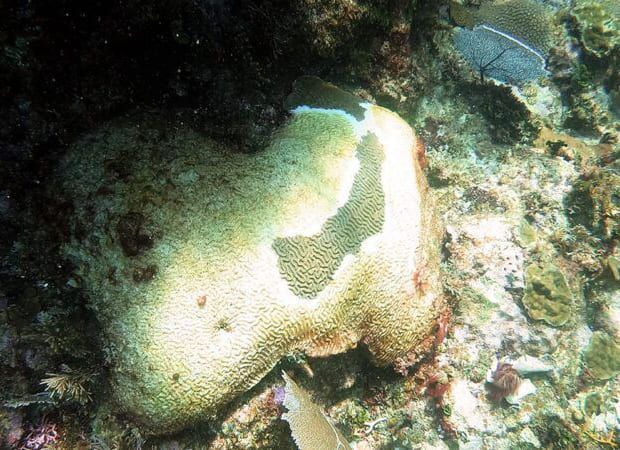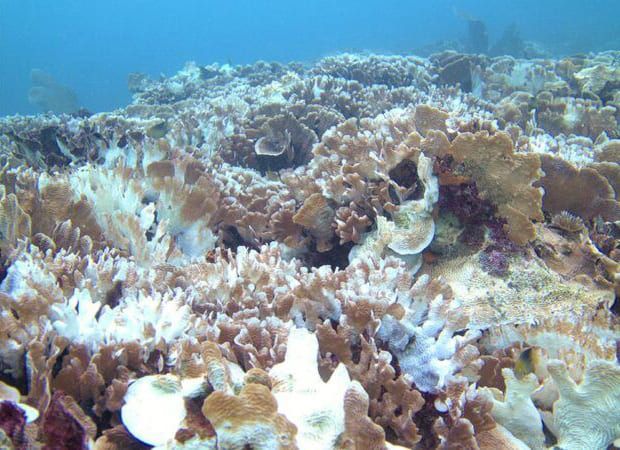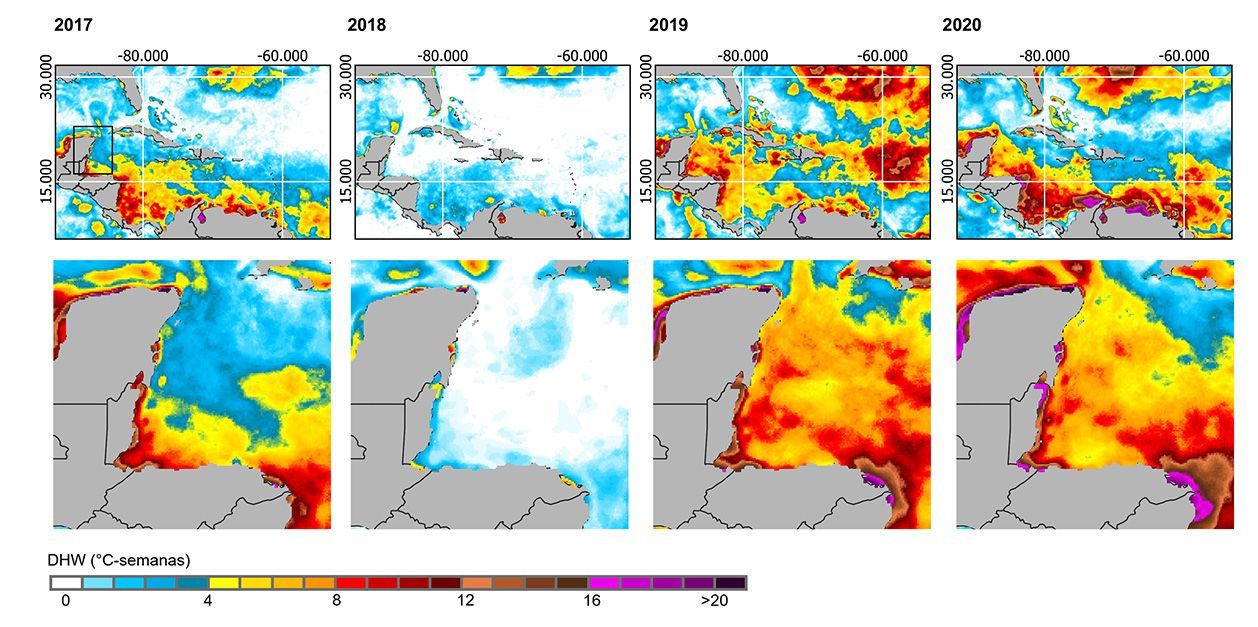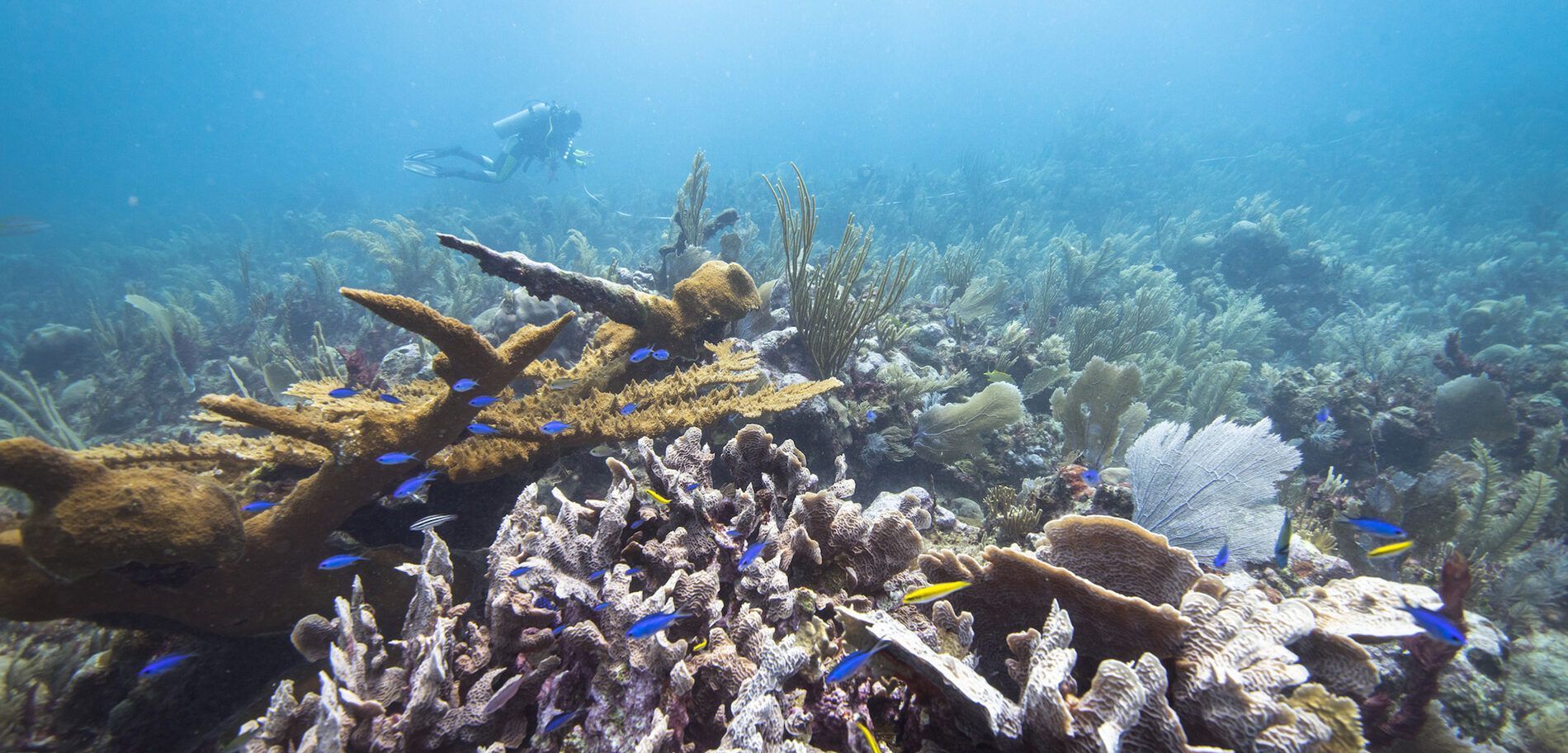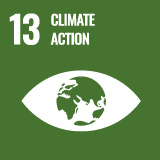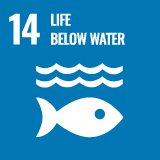

Ocean Heat
There is currently an increase in heat waves in the oceans, which has brought on many negative effects on the marine ecosystems of the Caribbean.
Heat Waves
There are many ways that heat waves may affect ecosystems, especially those that are more sensitive to temperature changes, such as coral reef systems. The heat waves seriously endanger the biodiversity, the beauty and the numerous ecosystem services that the coral reefs have to offer.
These ocean heat waves take place due to the increase in sea temperature. They are characterized by periods in which the sea temperature exceeds “normal” values observed of a certain time period, which is why they are characterized as extreme heat events.
Heat stress is one of the main causes of coral bleaching. This phenomenon occurs when corals lose the symbiotic organisms that provide much of their energy.
Bleaching
Heat stress is one of the main causes of coral bleaching. This phenomenon occurs when corals lose the symbiotic organisms that provide much of their energy.
In recent years, these bleaching events have become increasingly frequent due to constant exposer to extreme heat waves in the oceans.
In the case of the Caribbean coral reefs, many extreme heat stress events have taken place since 1985, out of which the years 1998, 2005, 2010-2011 and 2014-2017 were especially harsh. During these events more than 30% of the coral reefs of the region ran a risk of bleaching, as these reefs were exposed to very high heat stress.
Increasing exposure to heat stress
It should be noted that in the Caribbean there is a trend of increasing exposure to heat stress, being particularly more frequent from 2003 on. This could also be the reason for negative chronic effects on corals and other marine organisms of the region, provoking a lower reproduction and growth.
In addition to this constant chronic impact, in the last two years (2019 and 2020) a high exposure of ocean heat has been observed in the coral reefs, especially in some regions such as the Mesoamerican Reef System (MBRS).
Exposition to accumulated heat stress using the Degree Heating Week indicator (DHW) Source: development Israel Muñiz Castillo.
Methods of Detection
There are various technological tools that allow for the identification of these ocean heat events, from satellites that offer images of the earth’s surface as well as different physical aspects, such as the sea-surface temperature which is a fundamental indicator of these events.
However, there are also some tools such as devices or thermometers that can be put in the marine ecosystems at different depths and hence give us the temperature variation with greater precision.
The most obvious way to reduce the impact caused by extreme heat waves is to attack anthropogenic climate change, raising awareness of better consumption habits and putting forward plans to reduce greenhouse gas emissions.
What-more, it is very important to have tools that allow us to predict these phenomena and their potential impact on marine ecosystems, so the creation of regional or global early warning systems may greatly help to establish monitoring, conservation and rehabilitation.

